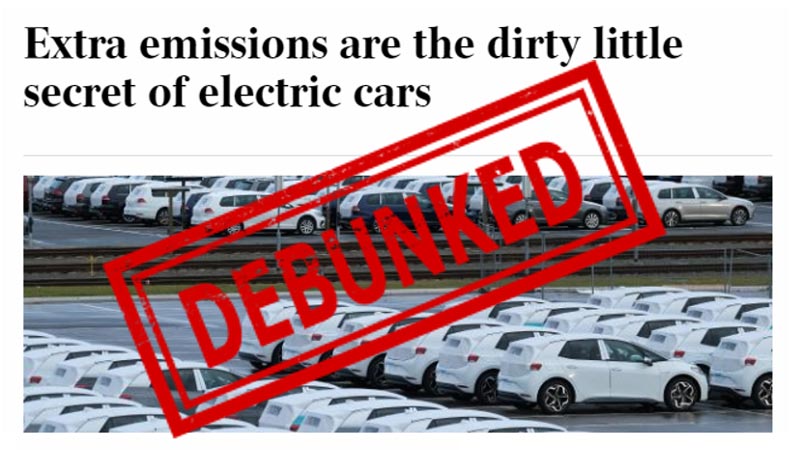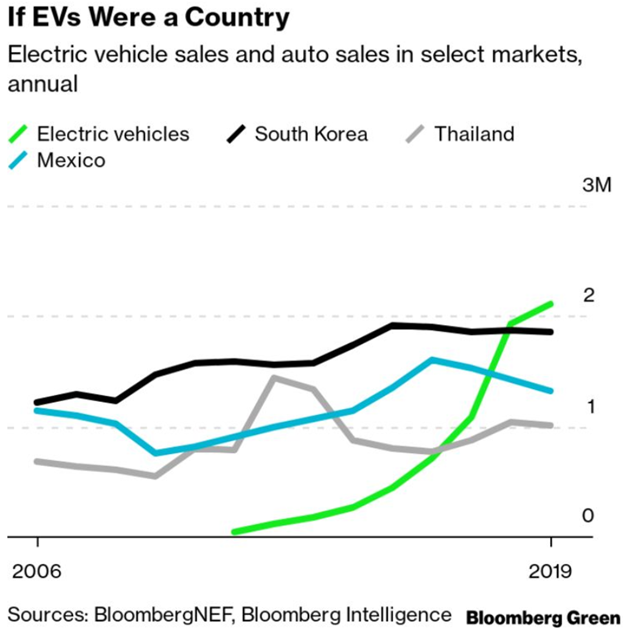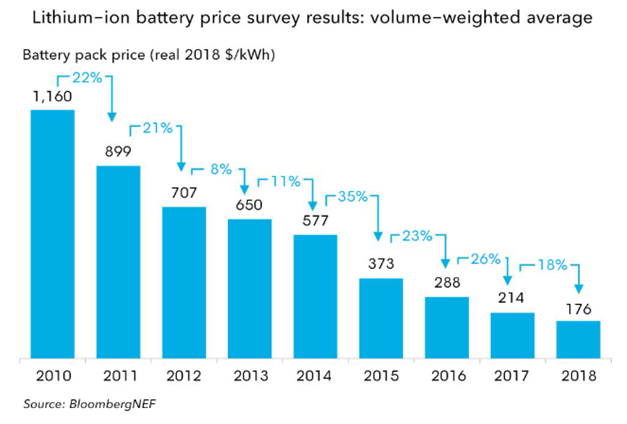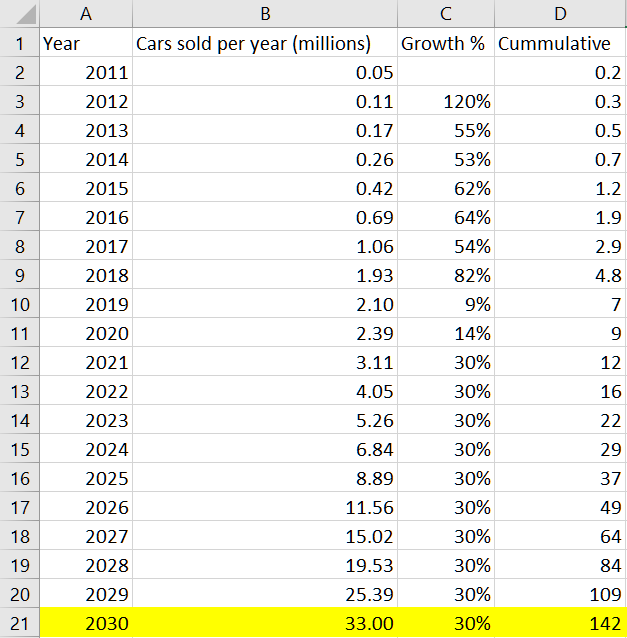Dutch EV expert debunks Murdoch-pedalled myth about electric car emissions
You may have read the following headline recently: "Extra Emissions are the Dirty Little Secret of Electric Cars" published this weekend by The Australian and copied elsewhere.

Perhaps you've read the article and found there were so many inaccuracies you don't know where to start giving a balanced view.
Auke Hoekstra, a Dutch EV expert and "EV, energy and Smart Grid" researcher at the Eindhoven University of Technology (the same university from which the 2019 winners of the Bridgestone World Solar Challenge Cruiser Class hail), is not having any of it.
Hoekstra cuts through the latest claims of renowned climate denialist Bjorn Lomborg, quoted in The Australian article on the emissions from electric vehicles.
[This report first published on MARCH 9, 2020, The Driven,
“There are lies, damned lies and statistics. I hate the quote but it applies to the newest column of statistician and merchant of doubt Bjorn Lomborg,” Hoekstra wrote.
The Lomborg article, as Hoekstra puts it, has one clear message: “electric vehicles are an expensive and meaningless way to combat climate change and only useful for virtue signalling by people with too much money.”
As it happens, this is a view trotted out by the Murdoch press on an at-least annual basis.
Hoekstra took to the social media channel Twitter on Sunday (Australian time) to debunk the latest claims.
“There are lies, damned lies and statistics. I hate the quote, but it applies to the newest column of statistician and merchant of doubt Bjorn Lomborg,” Hoekstra wrote.
“Here he is again with misdirection against climate change action. This time against electric vehicles in The Australian. The article has a clear message: electric vehicles are an expensive and meaningless way to combat climate change and only useful for virtue signalling by people with too much money. Let me untangle the trail of misdirection and cherry picking,” he says.
Quote: 'Globally, fewer than 0.3% of cars are electric.’ The implication: not serious. Different fact: if growth continues (47% per year, more on that later) all cars sold are electric by 2030,” says Hoekstra, with a link to this Bloomberg article and graph (below).

The point, of course, is that even if growth in EV sales slows down, the transition to electric vehicles is well underway, and the low base of 0.3% global market share will rapidly change over the next decade.
Another ridiculous statement made by Lomborg in the article is this: “Unsurprisingly given the price tag, electric cars are often playthings for rich people.”

Lomborg also tries to use a report published by the International Energy Agency which shows EVs need to be driven 60,000km to pay off the emissions embedded in their manufacture.
“Apart from the fact that the IEA is sometimes conservative, this still means that an EV is much better,” says Hoekstra.
Lomborg claims that because many EVs are currently powered off a (largely) coal-fired grid, this means they are much worse than petrol and diesel cars. But he ignores the fact grids are transitioning to clean, renewable resources, and doesn’t even bother to mention that they are 40% more efficient with energy than their ICE equivalents.
In fact, Hoekstra’s own paper on the matter released in June 2019 shows a clear comparison between the lifecycle emissions of EVs and ICE cars, with the former accounting for 95gm/km of CO2 emissions over its whole life including vehicle and battery manufacture, and the ICE accounting for a massive 244gm/km.
“Lomborg tries to persuade you to think linearly and to concentrate on cumulative growth that looks slower,” says Hoekstra, pointing to this line in The Australian article, in particular: ‘The IEA hopes the world can reach 130 million electric cars in 10 years — a breathtaking ask given we have spent decades reaching just over five million.’
But, as Hoekstra points out, the curve – represented by the green line again in the first Bloomberg graph, tells a different story.
The Lifecycle* emissions of EVs equal to 95gm/km of CO2e,
and ICE are equal to 244gm/km.
* emissions over its whole life including vehicle and battery manufacture.

“Doesn’t it strike you as odd to characterise this as ‘it took decades for us to reach 5 million’. If you look at this graph you see this is a curve growing pretty steeply. Statistician Lomborg knows he’s trying to con you here,” Hoekstra says.
“If you think you can save the climate WITHOUT electric cars, you’re completely wrong. Unless you find a way to convince everybody to take the bike or (electrified) public transit there is no way we’ll make it without EVs.”
You can read more of Hoektra’s debunking in the thread linked above or in the Threadreader app. In the meantime, here’s his final word:
“I’m not saying electric cars are THE solution because in increasingly dense cities cars are increasingly dangerous, noisy and bulky. And bikes and public transit are certainly better for the environment,” he says.
“But EVs are a LOT better than the combustion cars Lomborg is defending!”